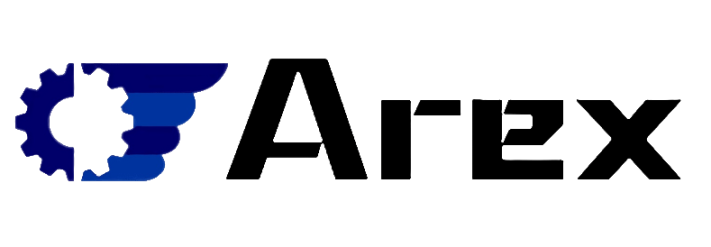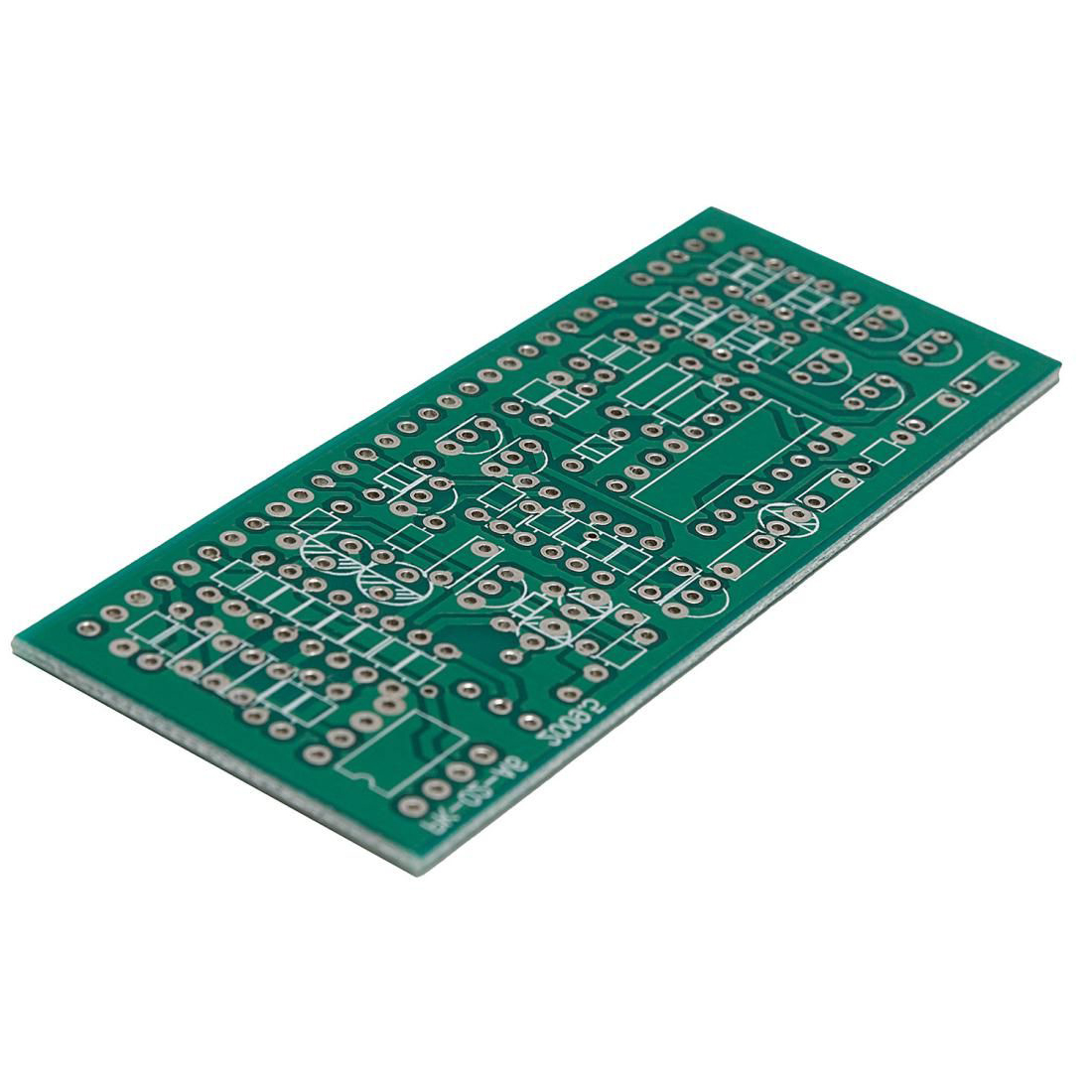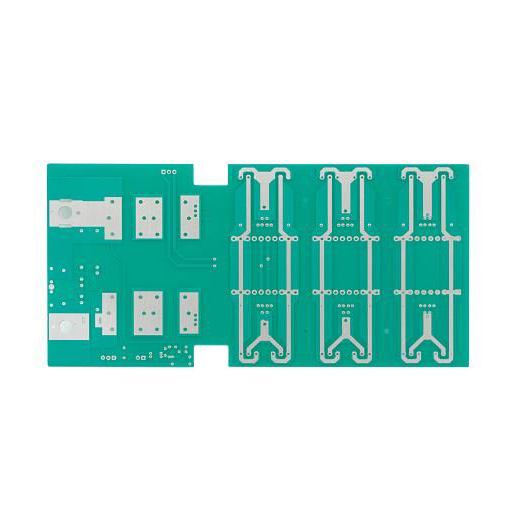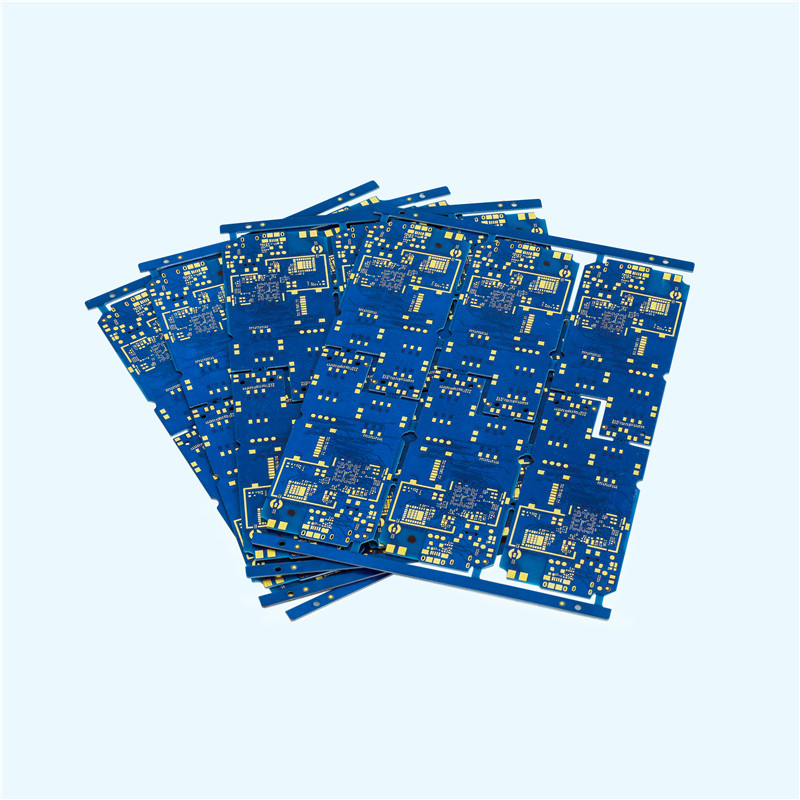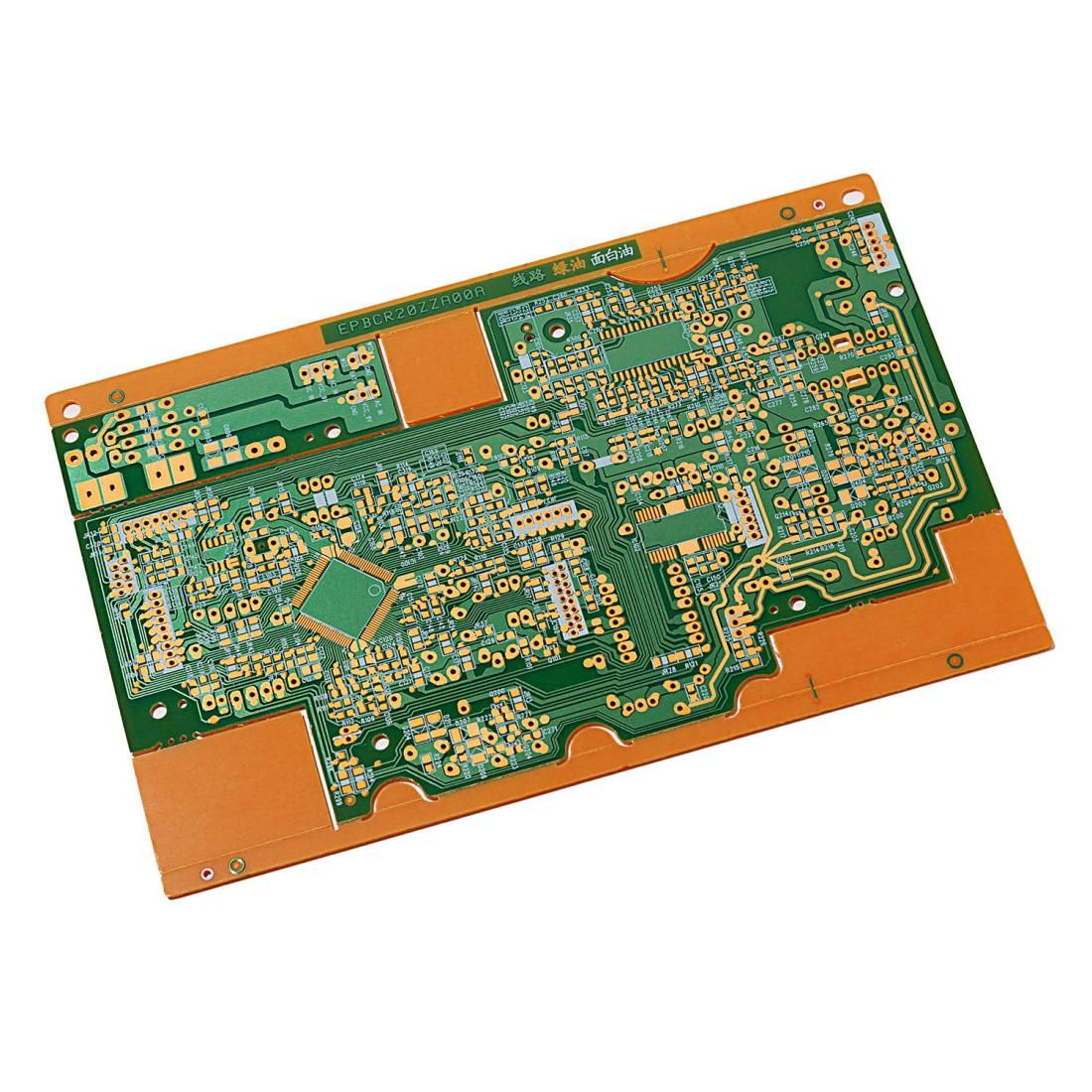High Frequency Printed Circuit Boards
What are the materials used for making high-frequency PCB boards?
The performance of high-frequency boards in wireless or other high-frequency environments depends on building materials. For many applications, the use of laminated FR4 materials can improve dielectric properties.
The DF level of general materials directly determines the performance of PCBs:
DK (dielectric constant of DK material, indicating its ability to store charges) should be small and stable enough, usually as small as possible, as high DK may cause signal transmission delay.
DF (DF is the loss angle of the material, and when signals are transmitted in the material, they do not completely propagate forward along the signal path, and some of them flow through the material into nearby conductors.) should be very small, which mainly affects the quality of signal transmission. A smaller DF can correspondingly reduce signal loss.
The coefficient of thermal expansion should be as same as copper foil as much as possible, as the difference can cause the copper foil to separate during cold and hot changes.
In humid environments, water absorption must be low, while high water absorption can affect DK and DF.
Heat resistance, chemical resistance, impact resistance, and peel resistance must be good. The thermal expansion coefficient of high-frequency circuit boards needs to be as same as copper foil as much as possible, as high-frequency circuit boards may cause copper foil separation under alternating cold and hot conditions. To ensure the perfect performance of high-frequency circuit boards, it is necessary to be as same as copper foil as much as possible. High frequency PCBs have the characteristics of heat resistance, chemical corrosion resistance, impact resistance, and good peel resistance.
